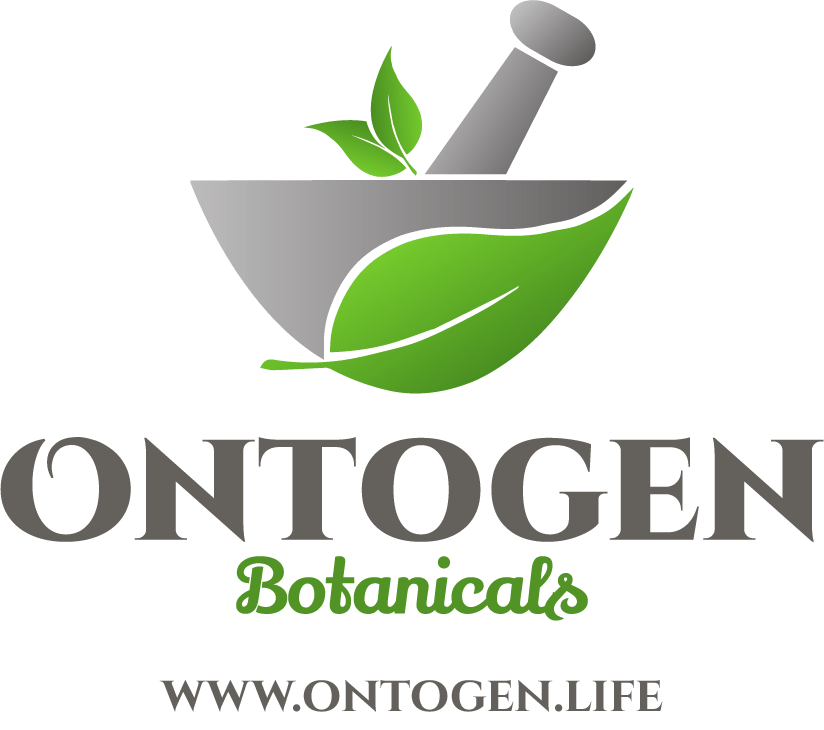Latest CBD Research
CBD Research
The latest CBD research will give you many references. Ontogen botanicals CBD is able to help you track your CBD therapy results. After creating a login on the website and purchasing product(s), you will see a button to complete condition specific surveys to assess how you respond to Ontogen CBD therapy over time. Each time you make a purchase, using a very secure server, outcomes data that will be presented to inform your future product choices. Also, most news outlets that lean toward an obvious negative cannabinoid medicine viewpoint end with the caveat that there’s no research available. There is research to be found, see the ontogen.life/research tab. YOU, only with your okay, can also help by contributing anonymous (de-identified) outcomes data for research. There will be zero connection to you personally as your results will be stripped of personal info. If you are a researcher, contact us if you are looking for such anonymous data including the latest CBD research.

Cannabidiol (CBD) in Rheumatic Diseases (Musculoskeletal Pain)

Children and adolescents with ASD treated with CBD-rich cannabis exhibit significant improvements particularly in social symptoms: an open label study

Labeling Accuracy of Cannabidiol Extracts Sold Online
This article is from before passage of the 2018 Farm Bill, which legalized industrial hemp by removing the crop from the Controlled Substance Act’s definition of “marijuana,” will lead to increased sales and growing opportunities for hemp-derived cannabidiol (“Hemp-CBD”) companies in 2019.

Cannabis sativa CBD Extract Shows Promising Antibacterial Activity against Salmonella typhimurium and S. newington
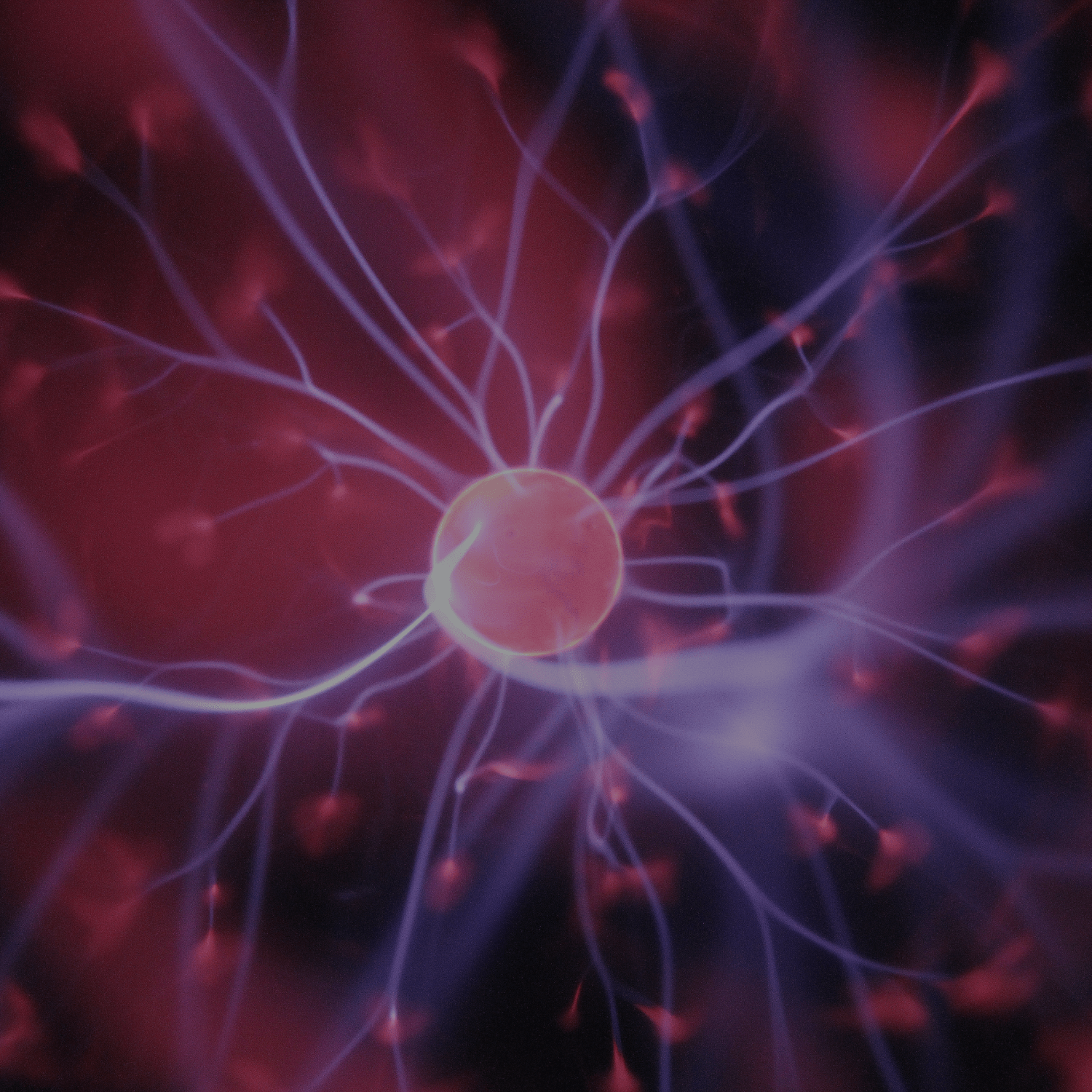
Duration of Neurocognitive Impairment With Medical Cannabis Use: A Scoping Review
NY Times article that gives an explanation of the possible benefits of CBD: Velasquez-manoff, M. (2019, May 15).

Can CBD Really Do All That?
NY Times article that gives an explanation of the possible benefits of CBD: Velasquez-manoff, M. (2019, May 15).
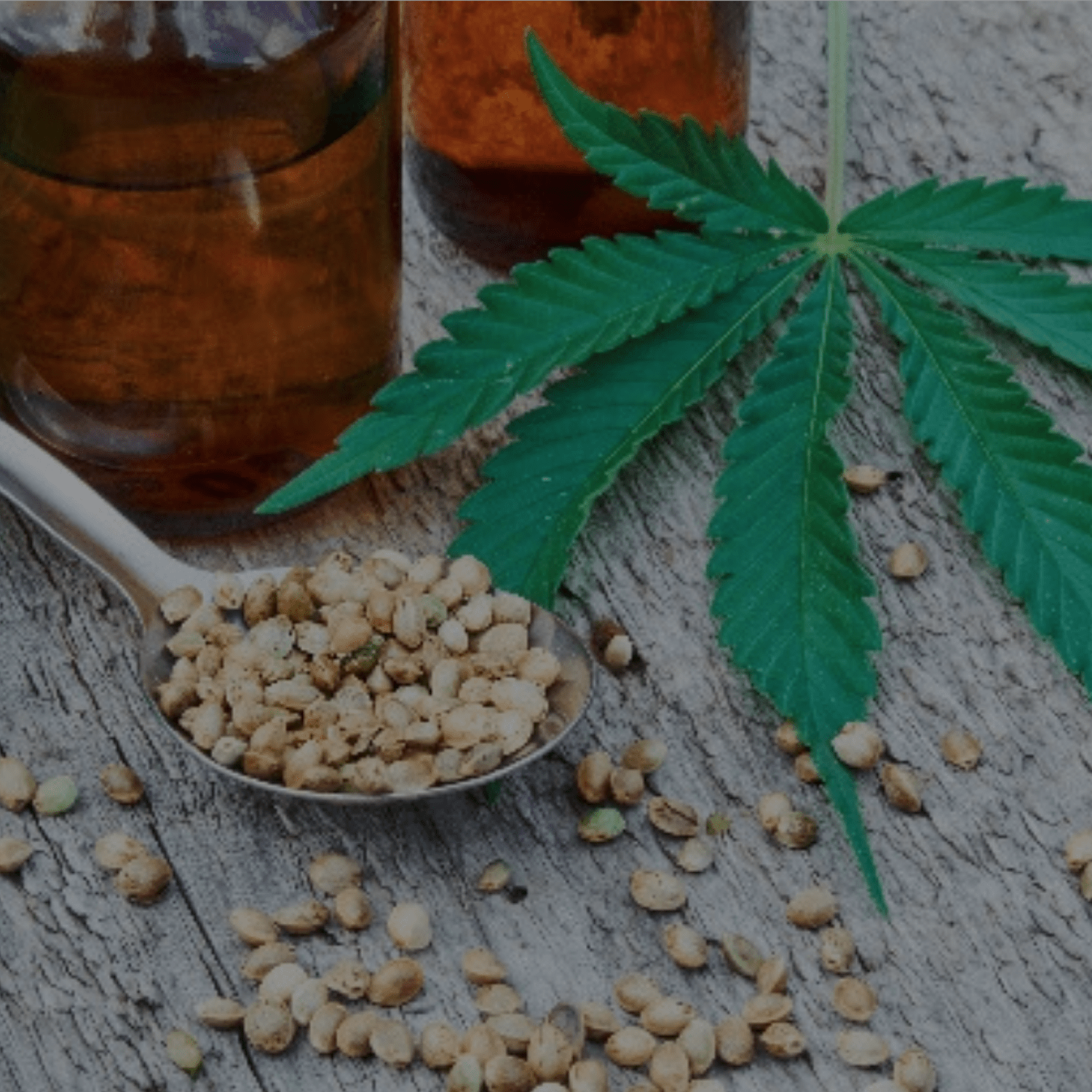
Cannabidiol (CBD) — what we know and what we don’t
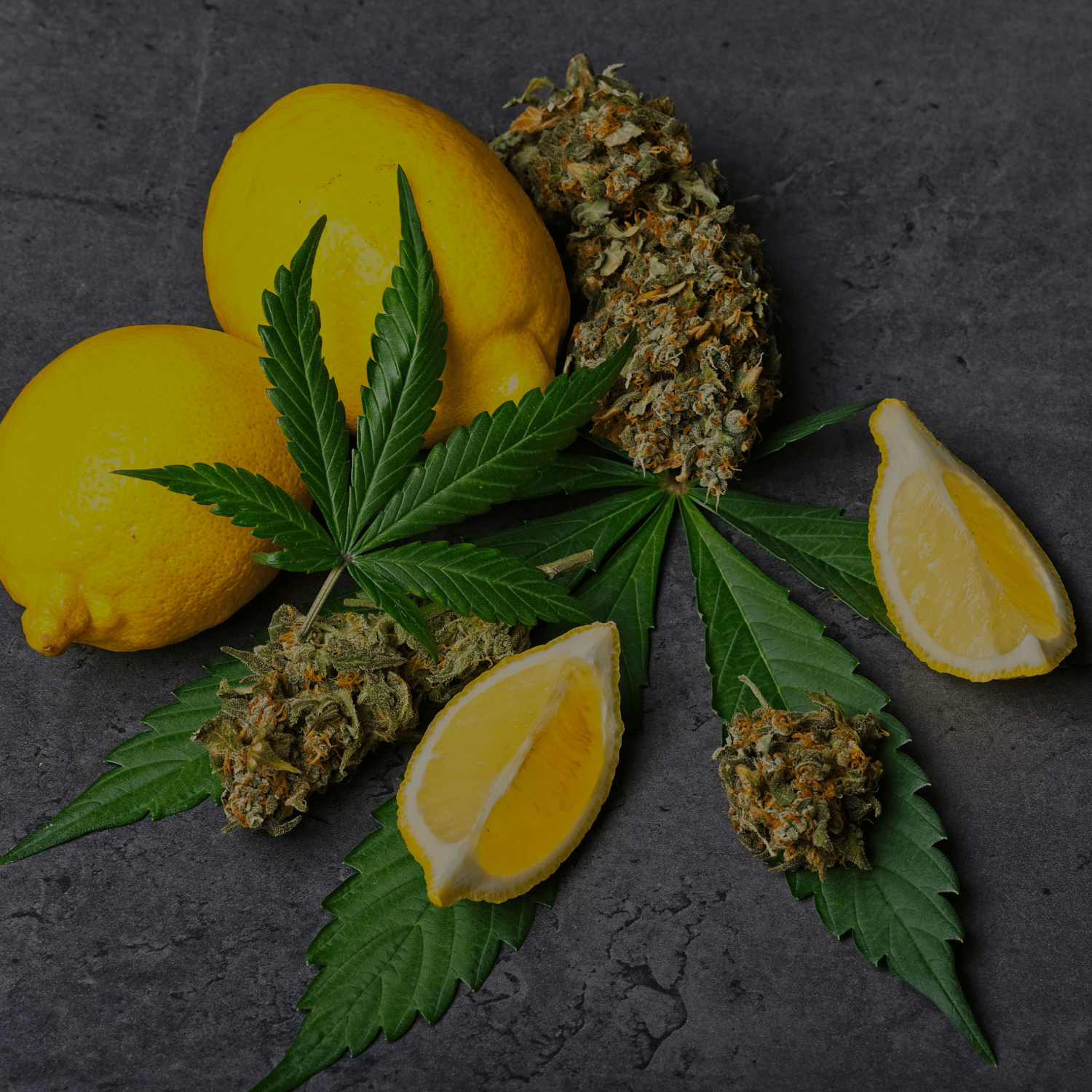
Overarching Article with ~100 Research References from Peer-Reviewed Journals:
You can read interesting cited insights on disease states, and then go to cited research for more in-depth discoveries:
Russo, Ethan B. “Taming THC: Potential Cannabis Synergy and Phytocannabinoid-Terpenoid Entourage Effects.” British Journal of Pharmacology, vol. 163, no. 7, 2011, pp. 1344–1364., doi:10.1111/j.1476-5381.2011.01238.x.

Mechanisms of Cannabidiol (CBD) in Cancer Treatment: A Review
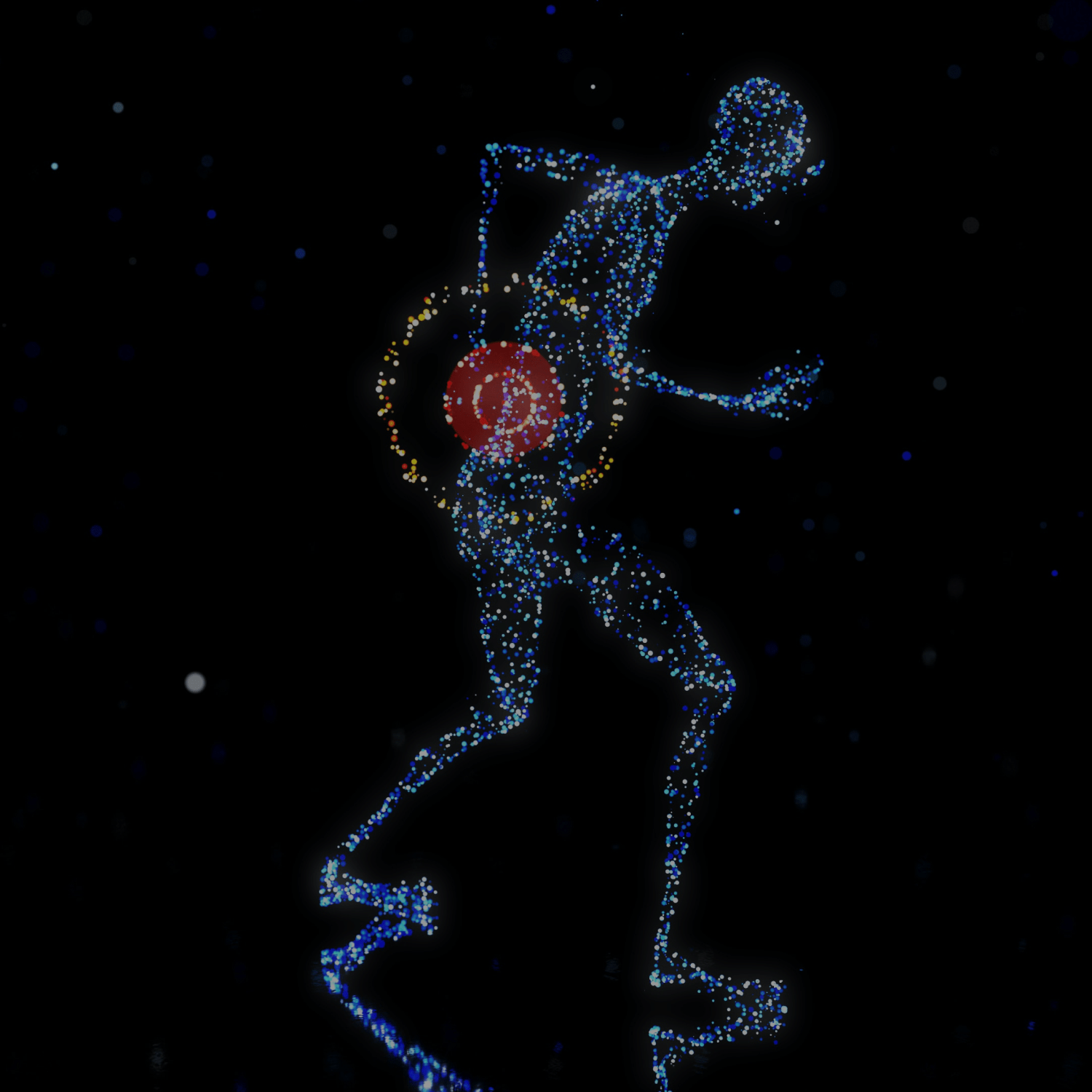
Patterns of Medical Cannabis Use Strain Analysis
Patterns of medicinal cannabis use, strain analysis, and substitution effect among patients with migraine, headache, arthritis, and chronic paid in a medical cannabis cohort.
Specific Latest CBD Research References from Peer-Reviewed Journals:

Inflammation and aging: can endocannabinoids help?
Marchalant Y, Brothers HM, Wenk GL. Inflammation and aging: Can endocannabinoids help? Biomedicine & Pharmacotherapy. 2008;62(4):212-217. doi:10.1016/j.biopha.2008.02.004.
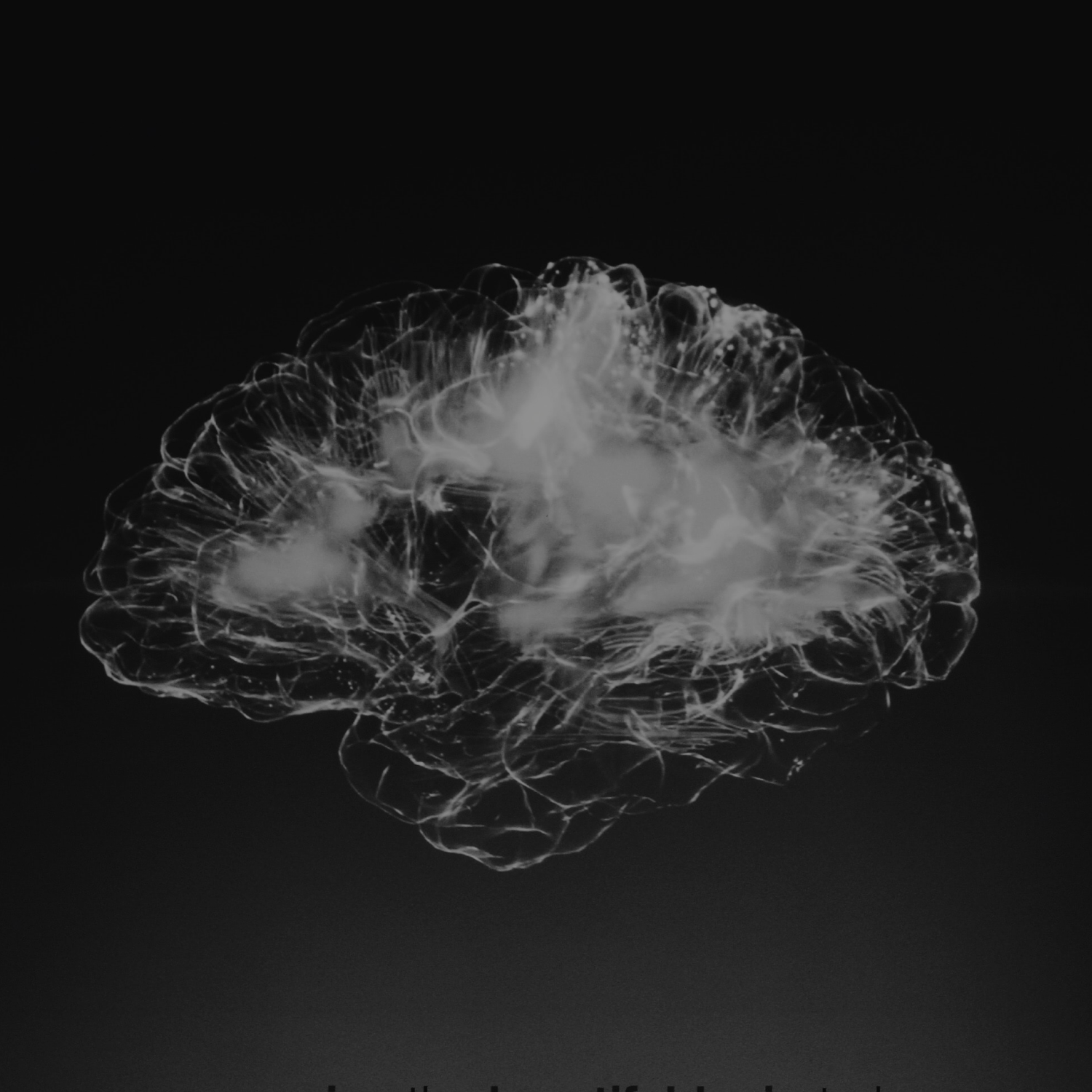
Cannabinoids promote embryonic and adult hippocampus neurogenesis and produce anxiolytic- and antidepressant-like effects
Jiang W. Cannabinoids promote embryonic and adult hippocampus neurogenesis and produce anxiolytic- and antidepressant-like effects. Journal of Clinical Investigation. 2005;115(11):3104-3116. doi:10.1172/jci25509.
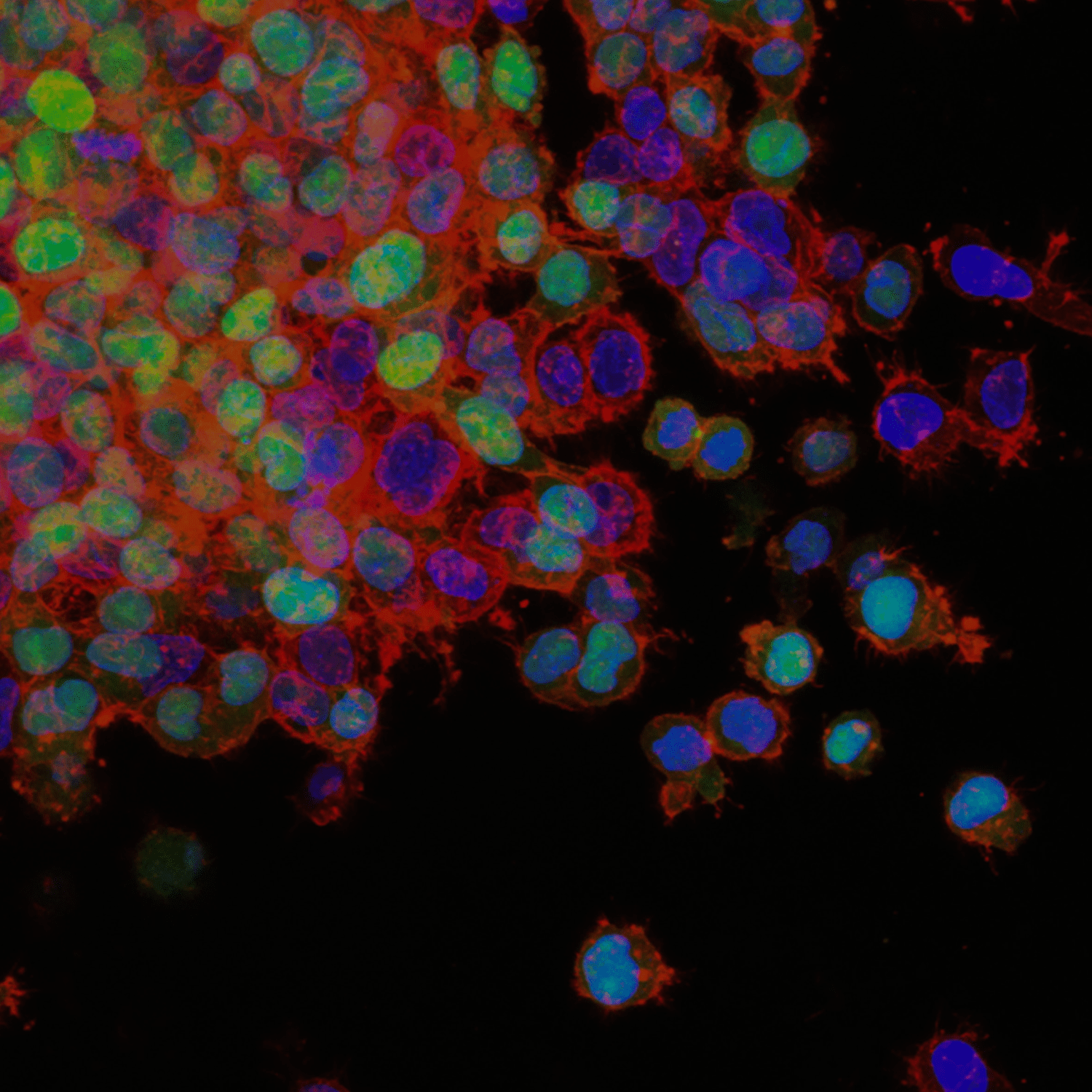
A Personal Retrospective: Elevating Anandamide (AEA) by Targeting Fatty Acid Amide Hydrolase (FAAH) and the Fatty Acid Binding Proteins (FABPs)
From Stony Brook Univ world-renowned cannabinoid researcher Dr. Dale Deutsch.
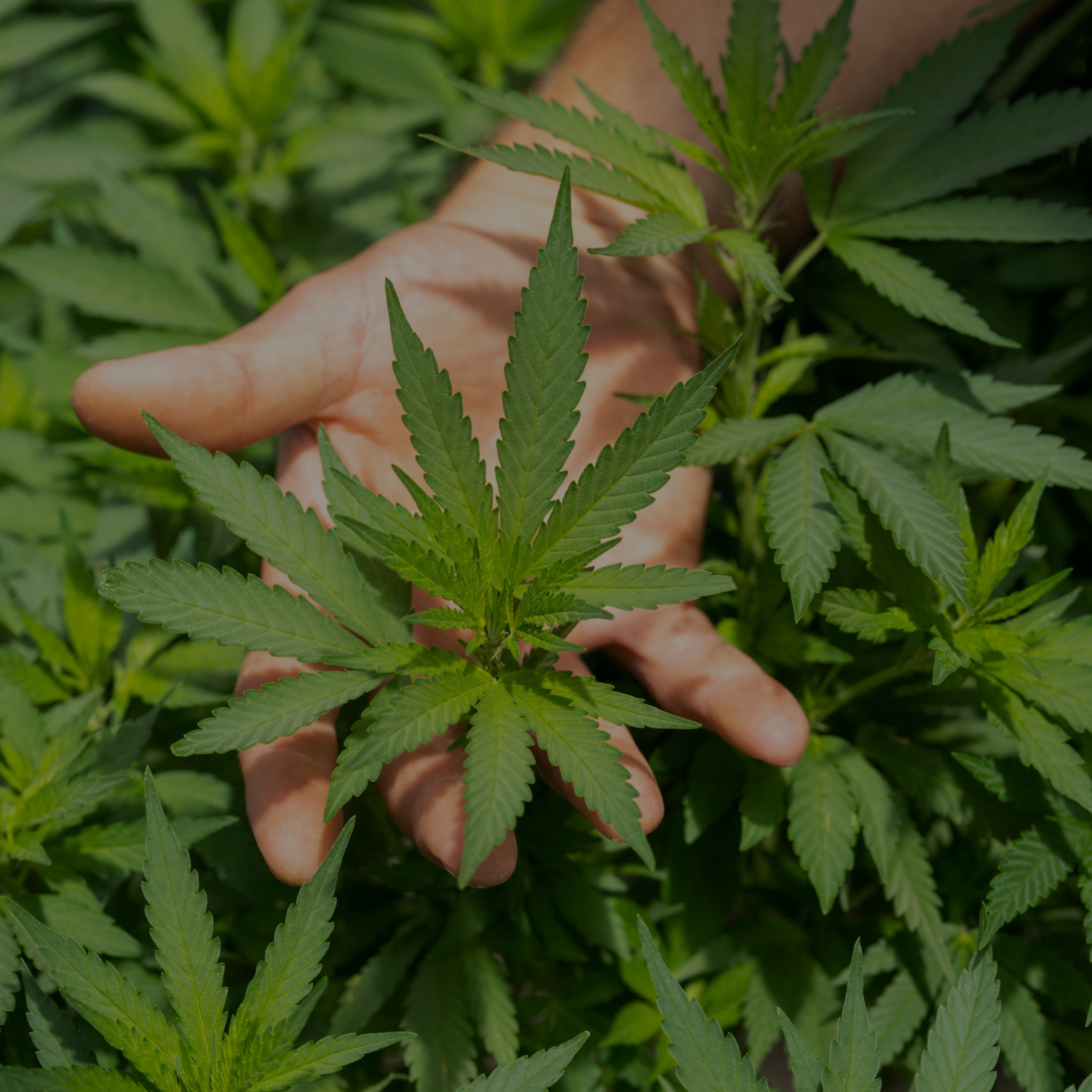
Cannabidiol-Induced Apoptosis in Human Leukemia Cells: A Novel Role of Cannabidiol in the Regulation of p22phox and Nox4 Expression
Mckallip RJ. Cannabidiol-Induced Apoptosis in Human Leukemia Cells: A Novel Role of Cannabidiol in the Regulation of p22phox and Nox4 Expression. Molecular Pharmacology. 2006;70(3):897-908. doi:10.1124/mol.106.023937.
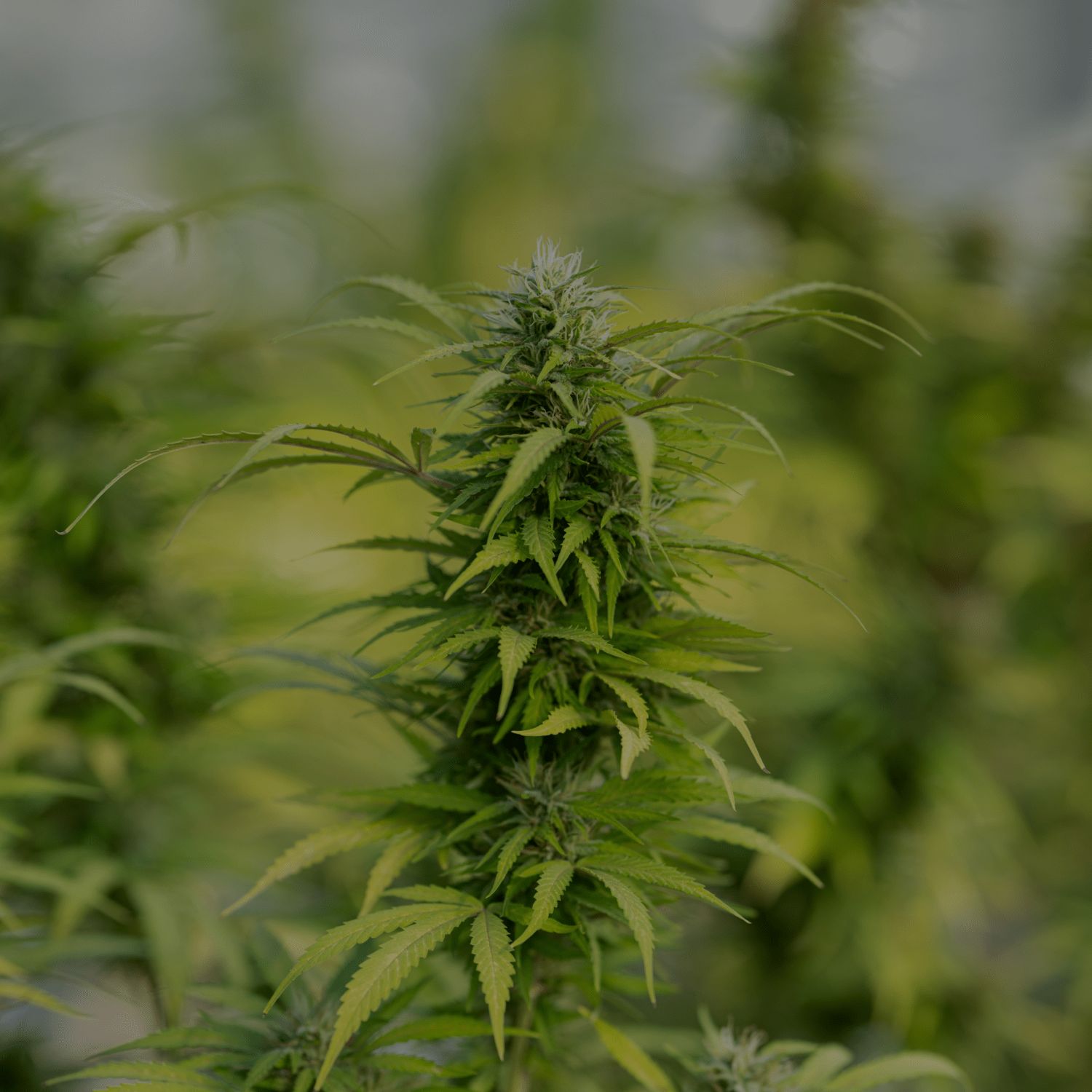
An endogenous cannabinoid (2-AG) is neuroprotective after brain injury
Panikashvili D, Simeonidou C, Ben-Shabat S, et al. An endogenous cannabinoid (2-AG) is neuroprotective after brain injury. Nature. 2001;413(6855):527-531. doi:10.1038/35097089.
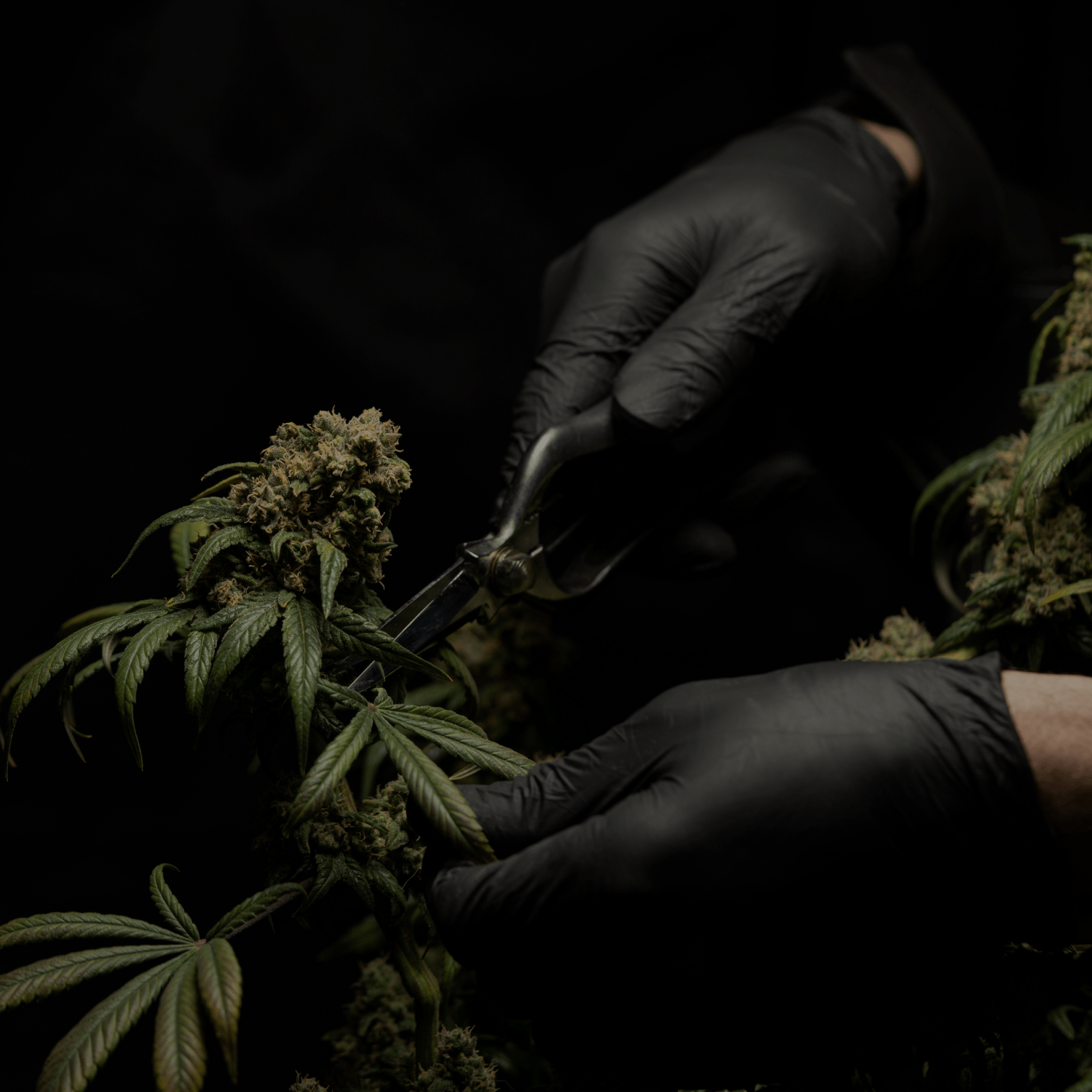
Cannabidiol and (-) 9-tetrahydrocannabinol are neuroprotective antioxidants
Hampson AJ, Grimaldi M, Axelrod J, Wink D. Cannabidiol and (-) 9-tetrahydrocannabinol are neuroprotective antioxidants. Proceedings of the National Academy of Sciences. 1998;95(14):8268-8273. doi:10.1073/pnas.95.14.8268.
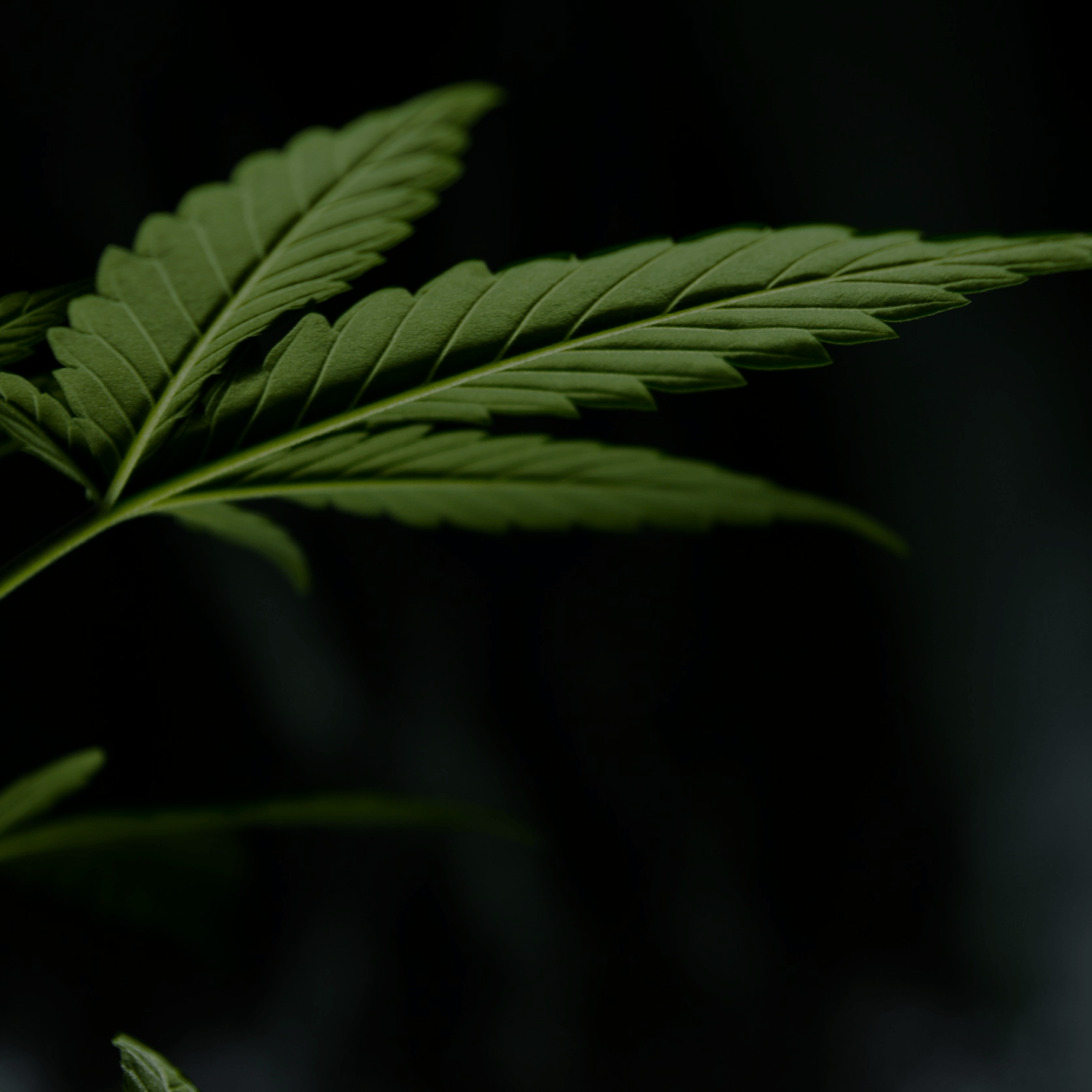
Cannabidiol: An Overview of Some Pharmacological Aspects
Mechoulam R, Parker LA, Gallily R. Cannabidiol: An Overview of Some Pharmacological Aspects. The Journal of Clinical Pharmacology. 2002;42(S1). doi:10.1002/j.1552-4604.2002.tb05998.x.
